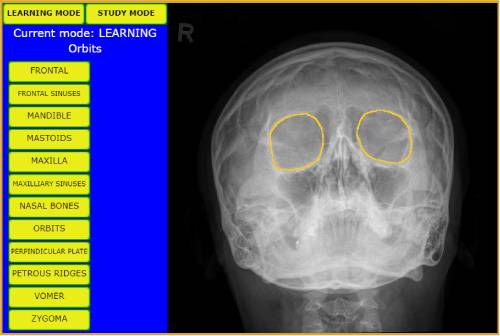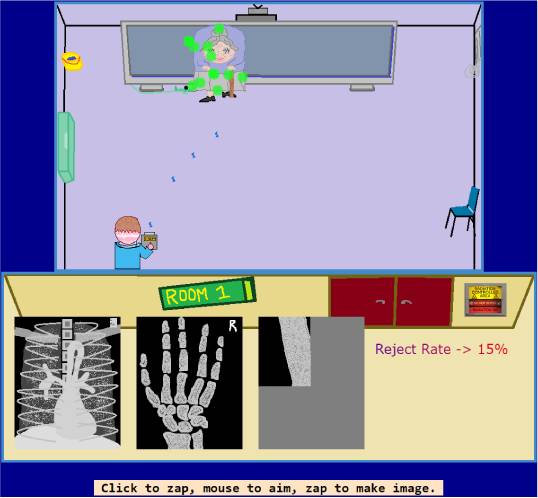Writing the report
Once a conclusion has been reached, the report is written. Report structure and style varies from reader to reader depending on training, profession, referral source and workload. Reporting style is primarily shaped by the readers supervisors, mentors and reporting colleagues who provide assistance throughout training.
Personally, I prefer the following basic structure:
- My name, profession, registration number and contact details
- A summary of the patient's presentation, pertinent history and the clinical question to be addressed
- The study undertaken
- The most important findings come first; usually a direct answer to the clinical question
- Secondary findings come next; concurrent pathology present in order of importance
- Incidental findings, such as bone islands, vascular calcification, accessory ossicles, anatomical variants (if not previously discussed as part of addressing the clinical question and dismissed as incidental)
- A summary of pertinent findings if the report is on the lengthy side and any recommendation for further action (within my scope of practice, for example supplementary imaging to complete the study or a recommendation for onward referral to a specialist)
Reports for different referral sources may be tailored to suit; for instance, a report to a GP who will not have access to the images should paint a more detailed word picture of findings than a report for an Orthopaedic surgeon who will have access to the images, be skilled in independent interpretation and will likely make more specific use of the images (for measurement of anatomical alignment or operation planning) than a generalist radiology report can provide.

